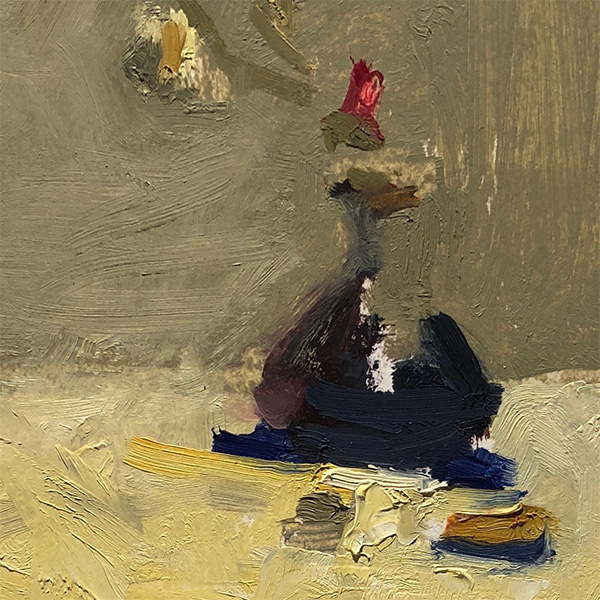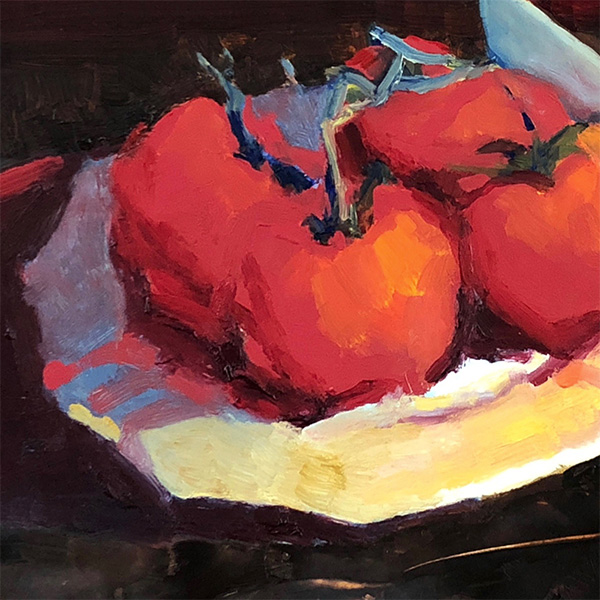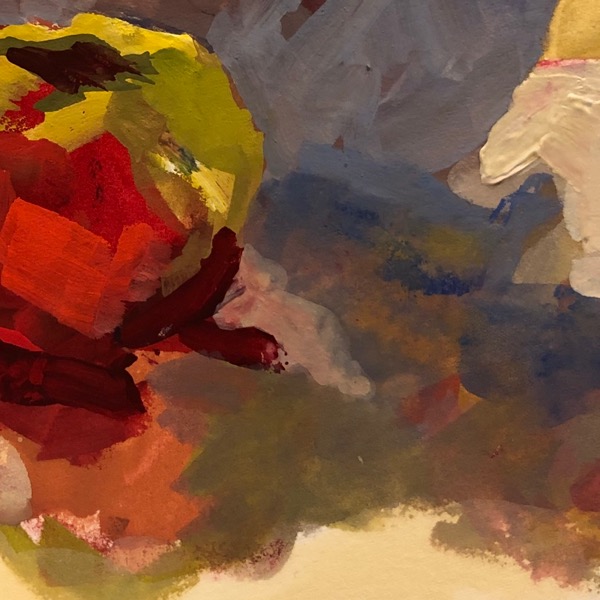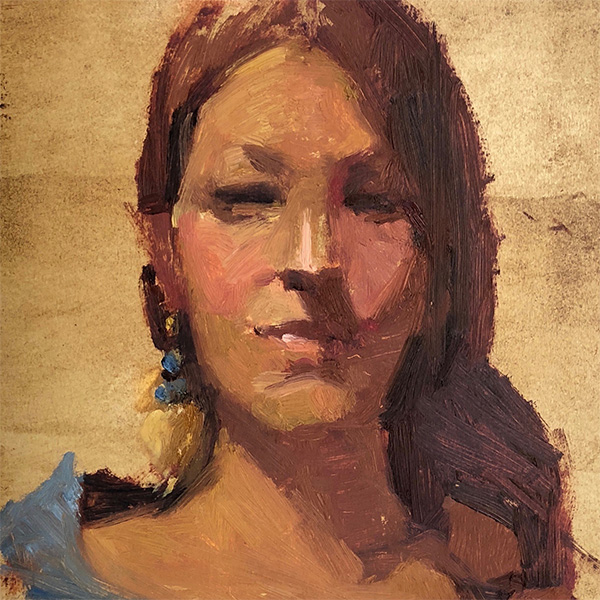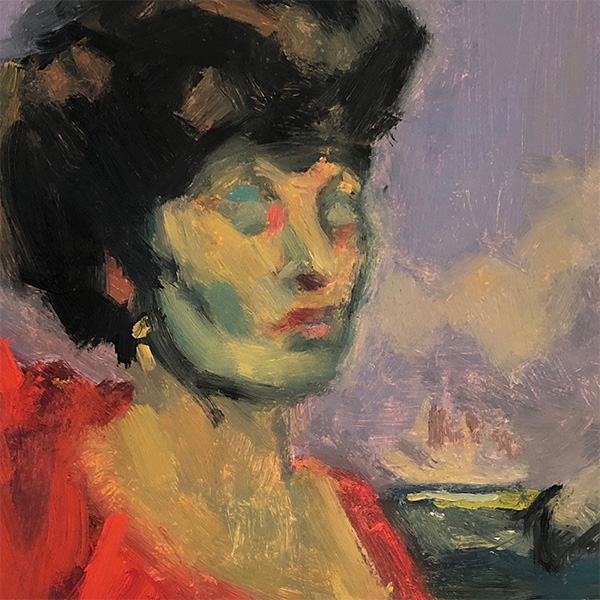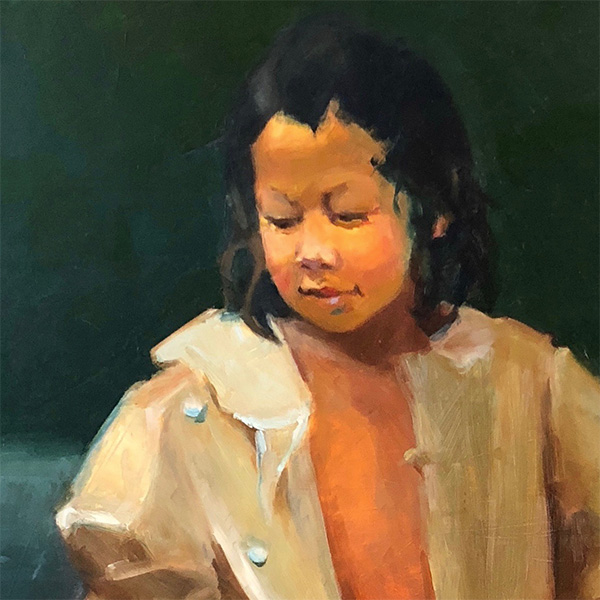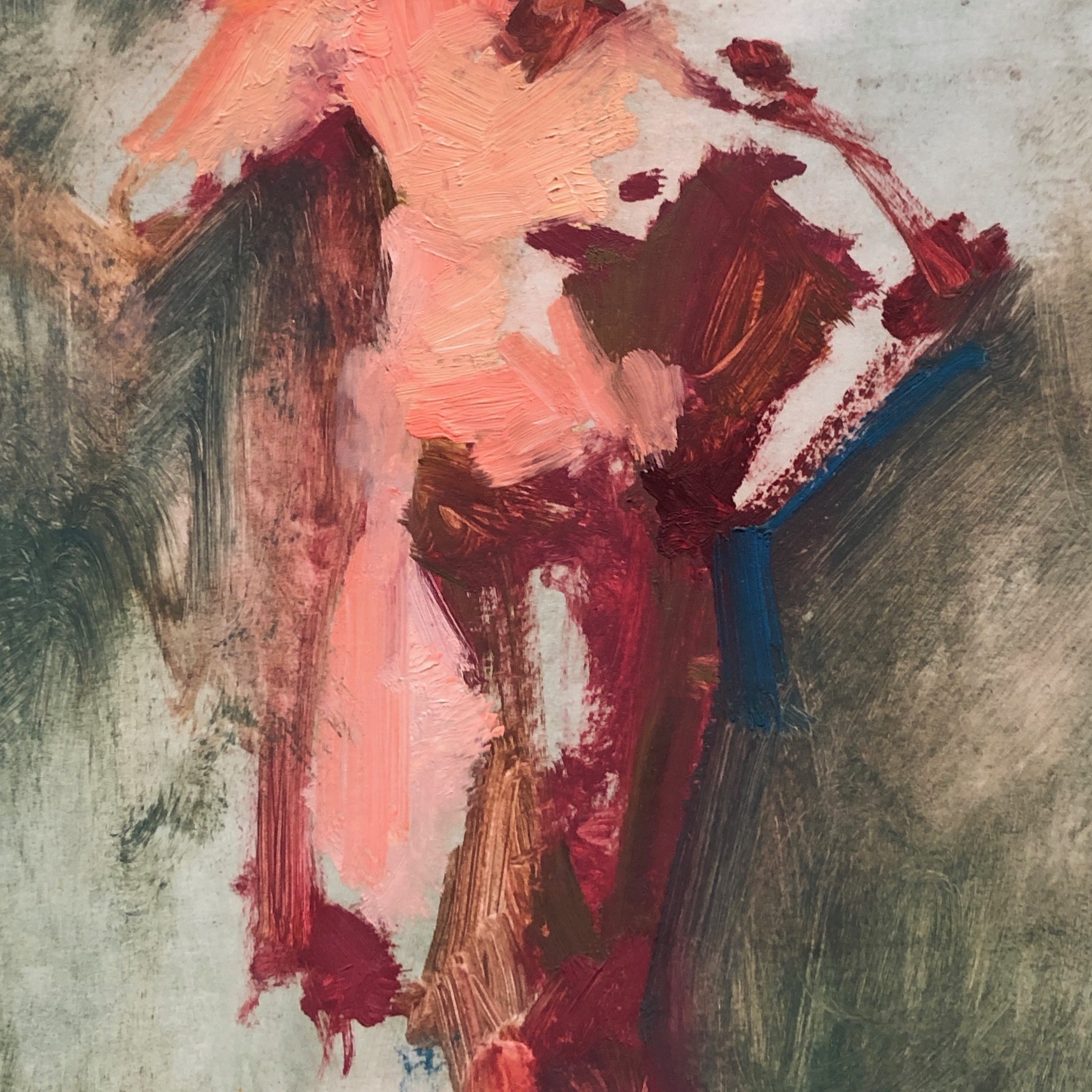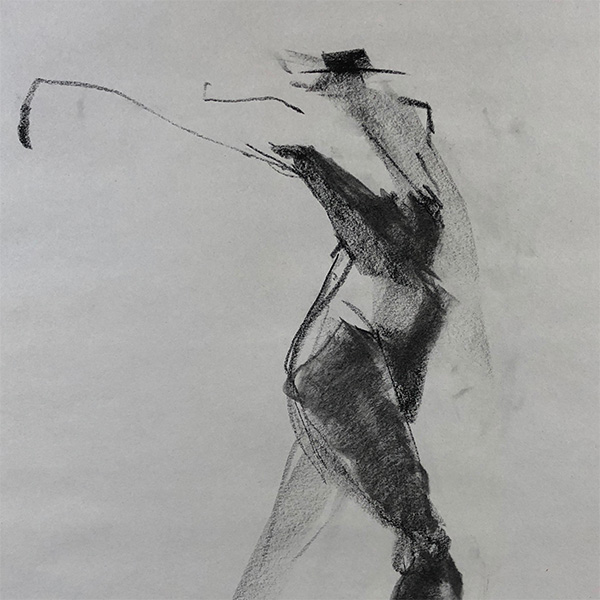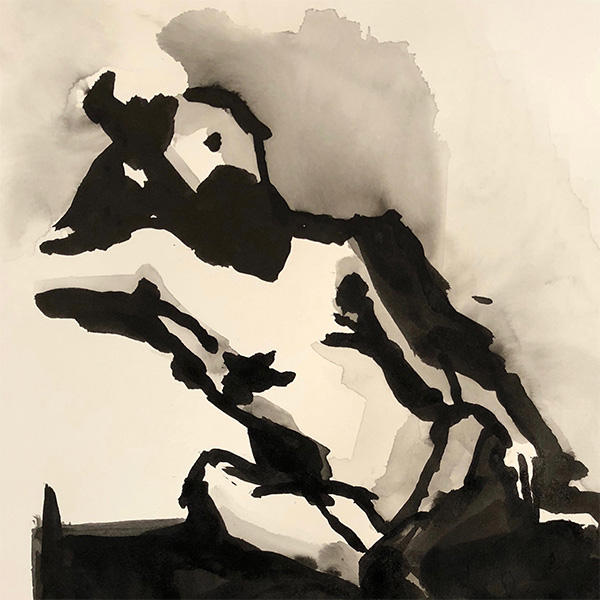ARTIST STATEMENT

ELIZABETH NOBLE
My passion for painting is with the process itself as an exploration and an adventure. No matter how much time I spend planning a composition, there are bound to be surprises that contribute to the delight of the experience.
Painting gives me an opportunity to communicate relationships and contrasts in light, temperature, form and value to express my visual and intuitive experience. When I see the final painting I find myself searching for individual decisions made along the way: pure color, raw brush stoke, evidence of decision made without conscious editing.
Those elements, even more than the overall representation of my subject, tell the story of my painting. Each piece I paint is a reflection of trust in myself on a particular day: have I moved straight from palette to canvas without self-guessing, are the colors unadulterated, does each brush stroke have its own character, make its own statement? With each choice I make from palette to canvas, I aim to bring my skill and aesthetic sensibility to a higher level. With each painting, I aim to visually share my experience of each subject and the joy I find in the process.
OUTREACH



The mural, REFUGE, was designed and constructed in cooperation with Free Arts of Arizona and the Unaccompanied Minor Program at Catholic Charities. It is dedicated to all the children who have traveled in search of refuge, and all the children who now and in the future find themselves on a similar journey. The Mural honors and celebrates their bravery and sends them on their way with a blessing for shelter and continued growth throughout their travels.
REFUGE grew from an idea that life’s journey and search for a safe place is something we all have experienced at one time or another. This piece represents a journey of migration many children experience. The primary story told by the work is found in the individual ceramic tiles made by the children to represent a place, person or event where each child found shelter along their way. In some cases, the tiles represent refuge dreamed of, but not yet found.
Emanating from verdant mother earth is a seasoned tree,which represents support, connectivity and nourishment for personal growth along their way. The ceramic leaves serving as the tree’s canopy were made by community members comprised of foster families, teachers, counselors and friends, and represent shelter and protection. Present throughout is the River of Life, ever present, never ending: Healing, buoying and offering opportunity for new adventure and possibility.


